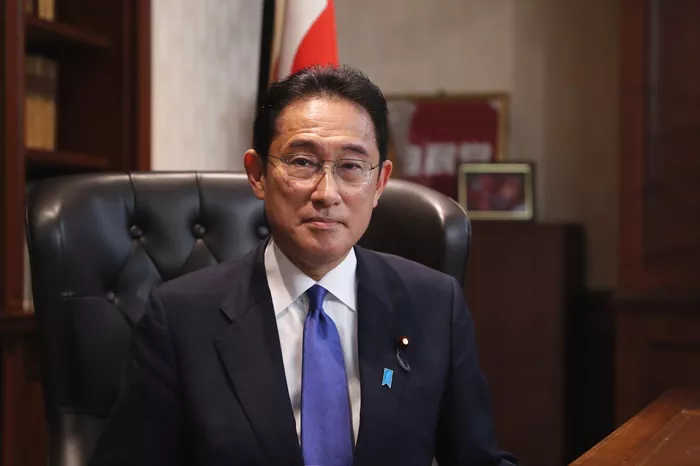Japan’s prime minister, Fumio Kishida, has called off his planned visit to Central Asia this weekend after seismologists raised concerns about an increased likelihood of a “megaquake” off the nation’s Pacific coast. The alert follows Thursday’s magnitude 7.1 earthquake in the southwest of the country.
Kishida, currently grappling with low approval ratings and facing an impending leadership challenge in a ruling party election next month, announced the cancellation during a Friday press conference. He had been scheduled to attend a summit with the leaders of Kazakhstan, Kyrgyzstan, Tajikistan, Turkmenistan, and Uzbekistan in Kazakhstan’s capital, Astana, on Friday evening. A meeting with Mongolia’s president in Ulaanbaatar on Monday was also on the agenda, according to Kyodo news agency.
The Japan Meteorological Agency (JMA) issued an unprecedented warning on Thursday, signaling an elevated risk of a significant earthquake along the Pacific coast. This followed the quake on Kyushu, Japan’s southernmost main island, which had triggered a tsunami warning. Fortunately, no fatalities or major damage were reported.
The JMA’s advisory noted that while the risk of a massive earthquake along the Nankai Trough has increased, it does not guarantee an imminent quake. Public broadcaster NHK reported that Kishida’s international trip was canceled to ensure he remains in the country to manage any potential crises.
“If a major earthquake were to occur in the future, it would generate intense shaking and large tsunamis,” the JMA warned in its advisory. The agency emphasized that although the probability of a new major earthquake is higher than usual, it cannot predict the exact timing or certainty of such an event.
The advisory centers on the Nankai Trough subduction zone, located between two tectonic plates in the Pacific Ocean. This region has historically been the site of devastating earthquakes, ranging from magnitudes of 8 to 9, occurring every 100 to 200 years.
The Nankai Trough, an 800-kilometer (500-mile) undersea fault running from Shizuoka, west of Tokyo, to the southern tip of Kyushu, is notorious for generating these so-called “megathrust quakes.” These powerful seismic events often occur in pairs and have been responsible for catastrophic tsunamis along Japan’s southern coastline.
In 1707, the entire Nankai Trough ruptured simultaneously, producing Japan’s second-most powerful earthquake on record—surpassed only by the March 2011 quake off the northeast coast, which triggered a tsunami that claimed over 18,000 lives and caused the Fukushima Daiichi nuclear disaster.
Although predicting earthquakes with precision remains impossible, experts estimate a 70% to 80% probability of a magnitude 8 or 9 megaquake occurring in the Nankai Trough within the next 30 years. A worst-case scenario could result in the loss of 300,000 lives and an economic impact of up to $13 trillion.
“The history of great earthquakes at Nankai is convincingly scary,” noted geologists Kyle Bradley and Judith A. Hubbard in their Earthquake Insights newsletter. However, they urged the public not to panic, stating there is only a “small probability” that Thursday’s quake was a precursor to a larger event. “Even when the risk of a second earthquake is elevated, it is still always low,” they added.

